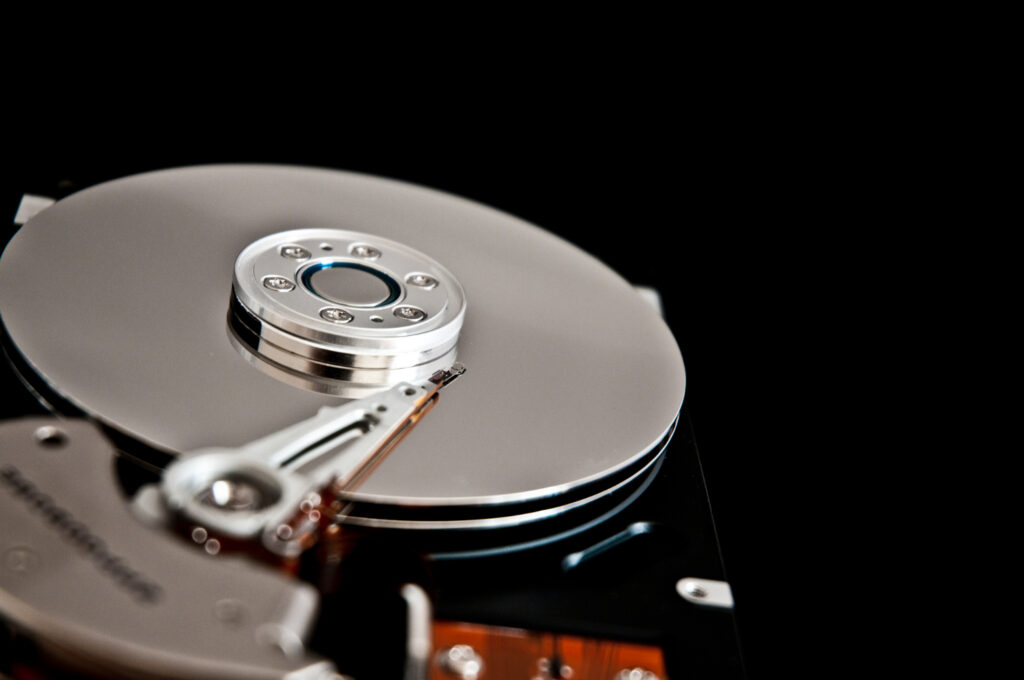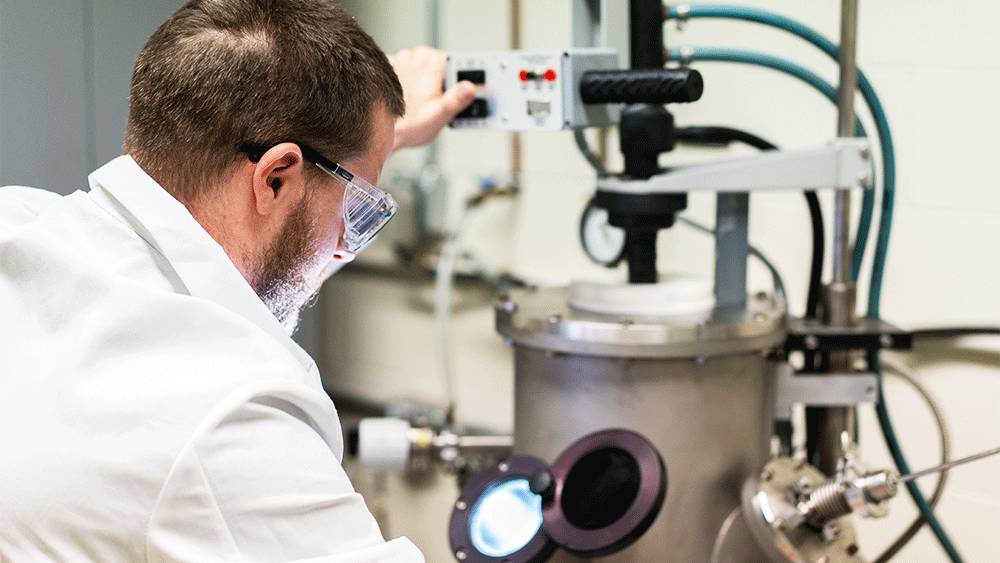The Science Blog

The Magic of Shape-Memory Alloys: Future Applications
In the changing world of materials science, shape-memory alloys (SMAs) shine as a symbol of innovation and promise. Smart materials can go back to their original shape after being deformed. This intriguing characteristic is not merely a scientific curiosity. It signals a new era of possibilities in many areas. These include biomedical engineering, robotics, aerospace, and infrastructure. In this blog, we will explore shape-memory alloys. We will look at their fascinating properties, current uses, and the bright future ahead.
Key Benefits of Shape-Memory Alloys: Why They Matter
Shape-memory alloys are important for more than just their cool ability to remember shapes. These materials are key to solving challenges in many industries. They provide solutions that once seemed impossible.
Smart Materials Revolution
Shape-memory alloys are a prime example of smart materials. They change in response to outside factors like temperature, pressure, or magnetic fields. Their responsiveness is key for making systems and devices that can adapt, self-repair, or adjust to changes. Smart materials are becoming more important as technology improves. They play key roles in automation, energy efficiency, and medical devices.
Transformative Impact on Biomedical Engineering
Shape-memory alloys are changing the game in biomedical engineering. They are transforming how we design medical devices and implants. Their biocompatibility and ability to deform without lasting damage make them perfect for stents, orthodontic wires, bone plates, and prosthetics. These materials adjust to how the body moves and changes. This offers better comfort and function for patients. Self-expanding stents made from Nitinol, which is a nickel-titanium shape memory alloy, can be placed into blood vessels while compressed. They then expand at body temperature, allowing for proper blood flow.
Industrial and Commercial Applications
The practical applications of shape-memory alloys are as diverse as they are innovative. In the aerospace industry, SMAs are used in actuators and sensors. They handle extreme conditions and adapt to changes in the environment. In robotics, they help create lightweight parts that move like nature. In civil engineering, shape-memory materials help strengthen structures. They adjust on their own to stress from earthquakes or severe weather.
Real-Life Applications and Data-Backed Insights
Recent studies show that the global market for shape-memory alloys will grow. This rise is due to higher demand in automotive, healthcare, and consumer electronics. More people are using SMAs because wearable technology is gaining popularity. These materials improve comfort and add functionality. Also, adding SMAs to energy-saving systems like temperature-sensitive blinds or self-healing structures will likely boost market growth.
Step-by-Step Guide to Understanding Shape-Memory Alloys

To truly appreciate shape-memory alloys, you need to grasp how they work. Their unique properties come from special mechanisms beneath the surface.
The Science Behind Shape-Memory Alloys
The key to how shape-memory alloys work is the martensitic transformation. This is a reversible phase change between two crystalline structures: austenite and martensite. When an SMA is deformed in its martensitic state, it can be easily reshaped. Upon heating, it reverts to its austenitic state, recovering its original form. This change lets SMAs be set up for different uses, so they’re very adaptable.
Composition and Types of Shape-Memory Alloys
The most popular shape-memory alloy is Nitinol. It’s a nickel-titanium alloy famous for its great shape-memory and superelastic qualities. Other SMAs include copper-based (Cu-Zn-Al, Cu-Al-Ni) and iron-based (Fe-Mn-Si) alloys. Each of them has distinct advantages and applications. Copper-based SMAs are cost-effective and provide a wider transformation temperature range. Iron-based SMAs are more durable and suitable for structural applications. Knowing the makeup of these materials is key to choosing the right alloy for each use.
Manufacturing and Processing Techniques
The process of making shape-memory alloys needs careful control of temperature and composition. This ensures the alloys have the properties we want. Methods like melting, casting, and thermomechanical treatment improve the material’s performance. Additive manufacturing, or 3D printing, is creating new opportunities for custom SMAs. These can be designed for specific uses. Industries can use advanced manufacturing techniques to make SMA components that are more efficient and cost-effective.
Additional Expert Tips & Common Mistakes to Avoid

Shape-memory alloys have great potential, but there are challenges to overcome. We must navigate these issues to use their full capabilities.
Best Practices for Using Shape-Memory Alloys
To get the most from SMAs, consider these key factors: fatigue resistance, corrosion behaviour, and thermal stability. Proper design and testing are critical to ensuring the longevity and reliability of SMA-based devices. Engineers need to consider the right temperatures for the best performance. They should also add protective coatings to make things last longer.
Common Misconceptions and Their Impact
A prevalent misconception is that shape-memory alloys are universally applicable without modification. Each application needs careful thought about the alloy’s properties and limits. Overlooking these nuances can lead to suboptimal performance or premature failure. Another misconception is that SMAs do not require external stimuli to function. In truth, precise temperature or stress conditions must be met to activate the shape-memory effect.
Advanced Insights and Expert Recommendations
The future holds many possibilities for shape-memory alloys. Ongoing research and new technology are driving this growth.
Emerging Trends and Innovations
New advances in nanotechnology are allowing us to create nanoscale shape-memory alloys. These alloys have amazing precision and new functions.
These advancements might bring breakthroughs in:
- Drug delivery
- Minimally invasive surgery
- Wearable tech
Self-healing materials with SMA properties are also being studied for aerospace and civil engineering. These materials can automatically repair damage, which boosts safety and extends lifespan.
Industry Perspectives and Lesser-Known Insights
Experts believe that combining shape-memory alloys with AI and machine learning will create autonomous systems. These systems can adapt and make decisions in real-time. This convergence of technologies could revolutionize industries ranging from healthcare to automotive engineering. AI-driven smart actuators could make robotic prosthetics respond in real-time. This would boost mobility for people with disabilities.
The Future of Shape-Memory Alloys
In conclusion, shape-memory alloys are a game changer in materials science. They provide new solutions for many different uses. Their ability to adapt and respond to outside changes is key. This skill boosts efficiency across many industries. It shows just how important they are in today’s technology. As research continues to unveil new possibilities, the potential of these smart materials is boundless.
If you’re in biomedical engineering, robotics, aerospace, or infrastructure, using shape-memory alloys might unlock new innovations and advancements. As we progress, our challenge is to use this magic wisely and creatively. We must make sure these materials help create a brighter, more adaptable future.
What are your thoughts on the future applications of shape-memory alloys? How do you envision their impact on your field of interest? Share your insights and join the conversation. The future of materials science is unfolding before us, and the role of SMAs is just beginning to take shape.









